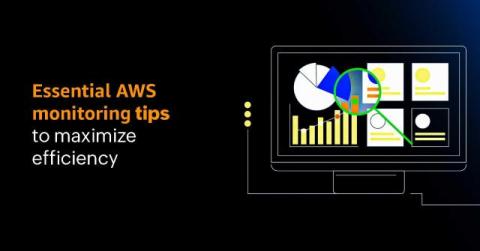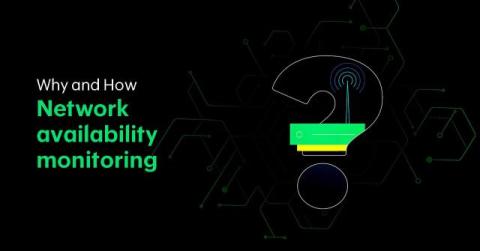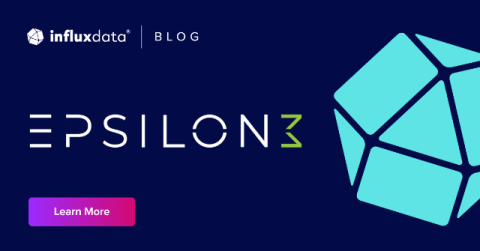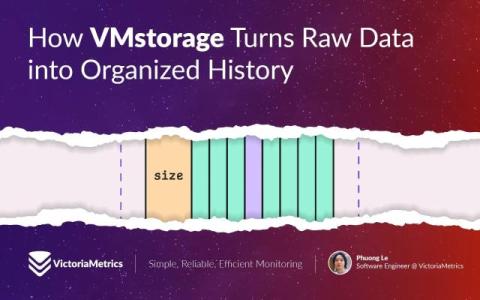The Top 10 On-Call Management Tools for DevOps
When things go wrong with your software systems, you need a reliable way to alert the right people and manage incidents. To help you make the best decision, we have summarized the G2 reviews of some of the most popular on-call management tools.











